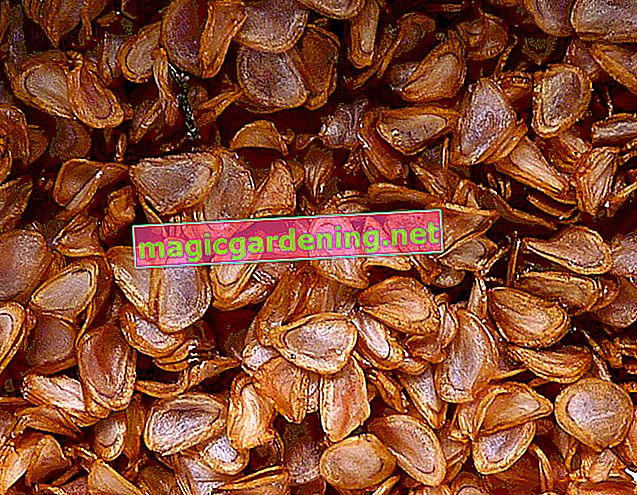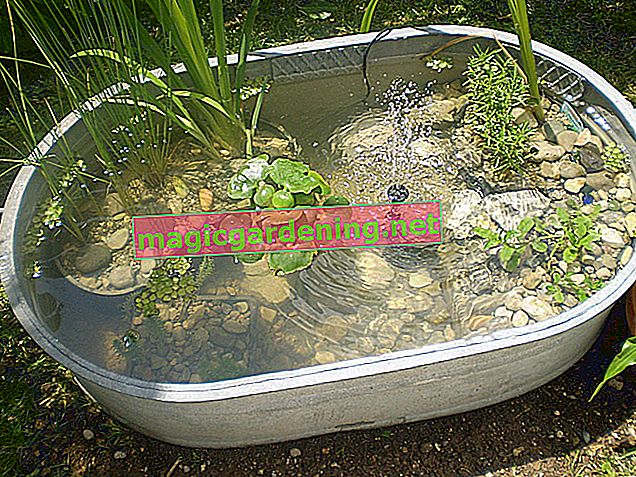
Ideal tool: two pointed fingers
All that is needed to properly skim cocktail tomatoes is a little attention and two pointed fingers. It starts immediately after planting in the field, in the greenhouse or on the windowsill. The tomato plant busily forms an abundance of superfluous stinging shoots that branch out into an impenetrable thicket. These superfluous side shoots have to give way if tasty cocktail tomatoes are to develop. That's how it's done:
- remove the small stinging shoots in the leaf axil from a size of 3 to 5 centimeters
- take between two fingers and break out to the side
- Preferably carry out this maintenance measure in the early morning
also read
- Planting cocktail tomatoes properly in the hobby garden
- Cocktail tomatoes deliver a rich harvest on the balcony
- Don't skimp on bush tomatoes - the exception to the rule
Leave stingy shoots that are too long on the cocktail tomato because they cause too large a wound on the plant. In this case, snap off the tip of the shoot so that at least no exhausting bloom develops.
Cocktail tomatoes on a trellis - pruning is not necessary
Where a cocktail tomato is allowed to grow light and airy, you can confidently do without regular pruning. The cultivation on the trellis is an excellent option. The tendrils of the tomato plant find sufficient support and can be raised up at a sufficient distance. In this way, practical maturity days are created, on which each region is supplied with sufficient light and air.
- Plant grown cherry tomatoes in a 12 liter pot
- insert the first module of the trellis
- Place the lower tendrils over the supports and tie them loosely
- add the second module after a few weeks of growth
Each individual shoot is relieved of the weight of the cocktail tomatoes and reaches the sun from the thicket of leaves.
Tips & Tricks
Prudent hobby gardeners treat even the smallest wound after skimming cocktail tomatoes with an onion peel extract so that the dreaded late blight does not find any target. To make the tincture, 20 grams of onion peels are soaked in water for 3-4 days and then strained. The solution is applied with a fine, disinfected brush.








